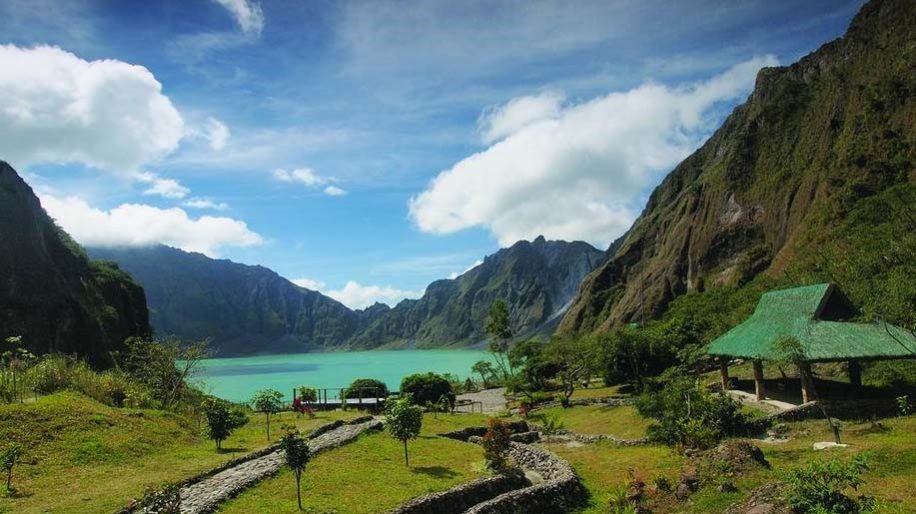
Philippines gears up to reopen tourism
by Nisha ShroffThe Department of Tourism (DOT), Philippines, together with the Inter-Agency Taskforce on Emerging Infectious Diseases (IATF-EID) and several local government units (LGU), is preparing for the revival and re-opening of tourism in the Philippines once places are classified under the modified general community quarantine (MGCQ).
Yesterday, Business Traveller reported that Philippine Airlines (PAL) is planning to fly a reduced number of weekly flights on “most” domestic routes and “selected” international routes starting June 1.
The department believes that “the early preparation will help the tourism sector transition properly and safely once travel restrictions have been lifted.”
The statement said, “The DOT will identify these destinations based on places that highly depend on tourism for their local economy, under the MGCQ classification and are relatively smaller destinations where activities can be contained and better managed.
“As to who are able to visit these destinations, the DOT is currently targeting residents from nearby places that are already placed under GCQ. Visiting tourists will follow LGU Issuances on strict entry guidelines.”
Bernadette Romulo-Puyat, secretary, Department of Tourism (Philippines) said, “It is important that we embrace the new normal and equip our industry stakeholders with the appropriate tools and knowledge to recover and succeed in the post-lockdown era.
“The safety and well-being of both tourists and residents alike have always been the priority of the DOT. In our Tourism Response and Recovery Plan (TRRP), we have prepared initial safety plans and protocols for travellers and tourism enterprises for the new normal in travel following the community quarantine.”
Some safety measures include:
- Regular sanitation and disinfection of accommodation (hotels, resorts, etc.), tourist transport services and tourism related-establishments such as meeting and exhibit venues, restaurants, spas and the like.
- Provision of sanitation/ disinfecting devices, including PPEs, for tourism workers.
- Regular inspections of tourism establishments that will involve relevant agencies in relation to health and safety standards.
- Implementation of physical distancing measures for tourist transportation and limiting the customer capacity of accommodation and tourism-related enterprises.